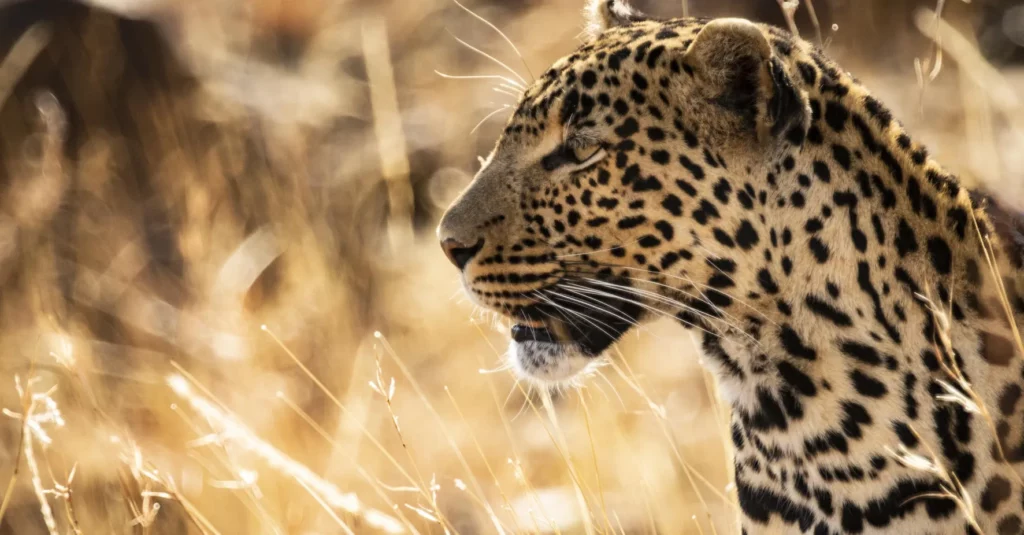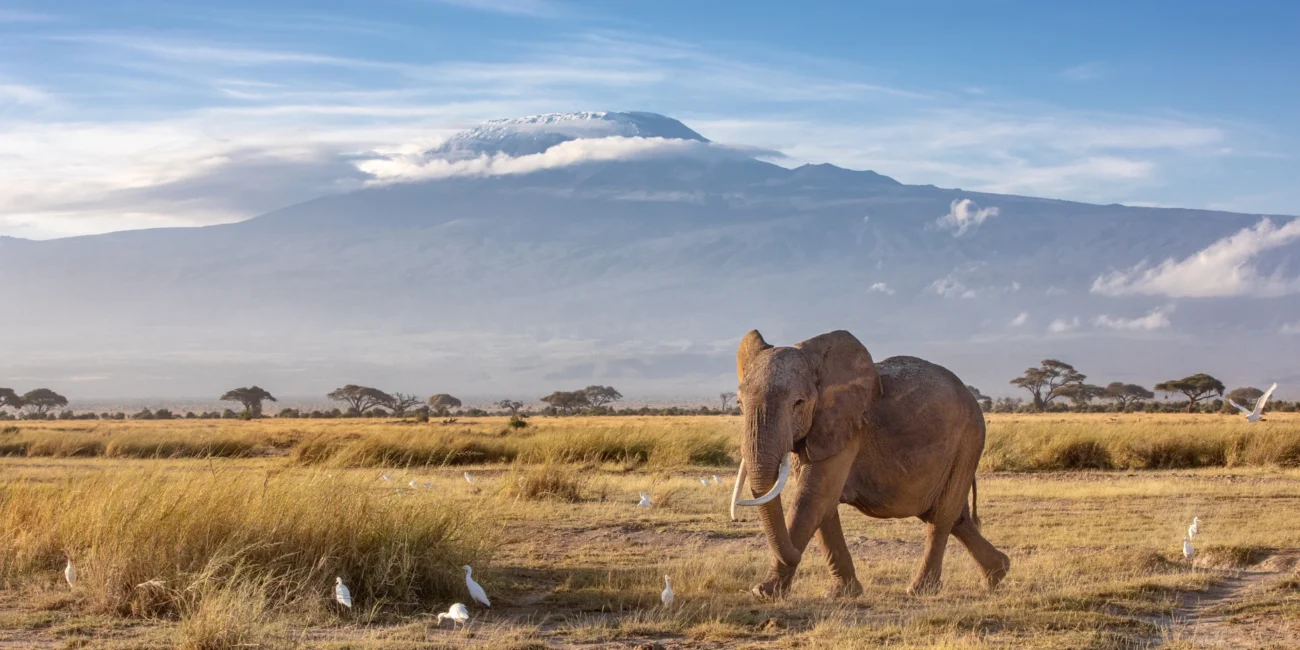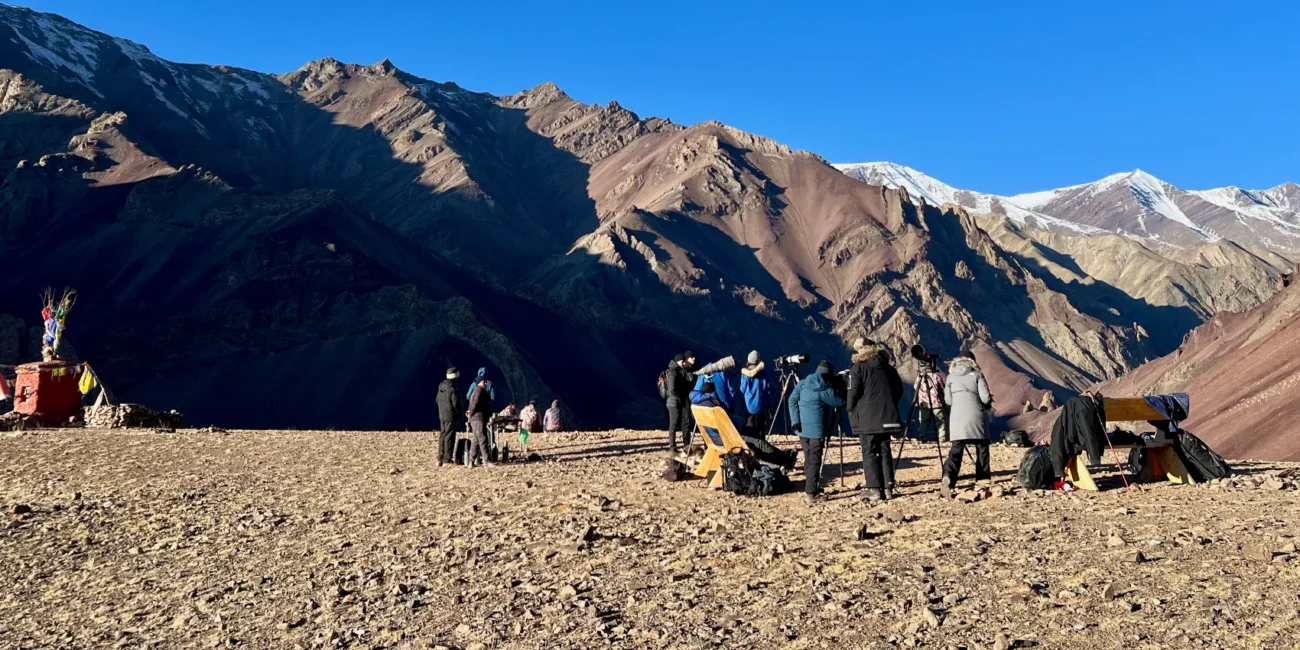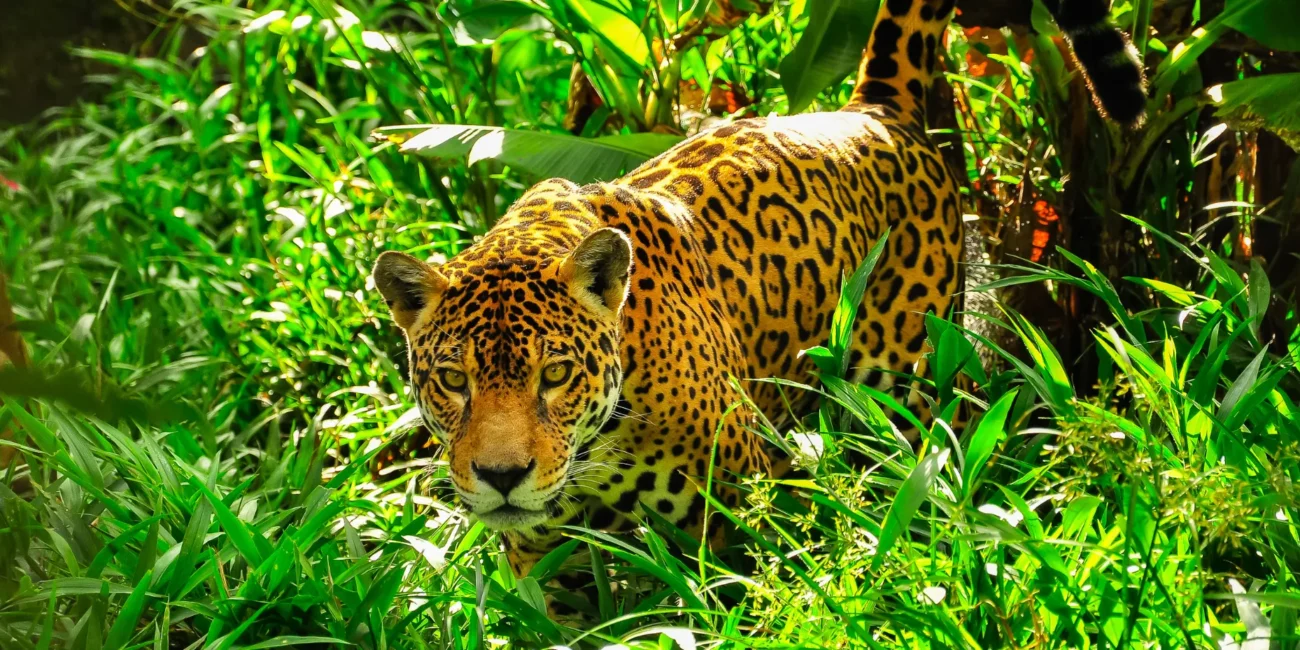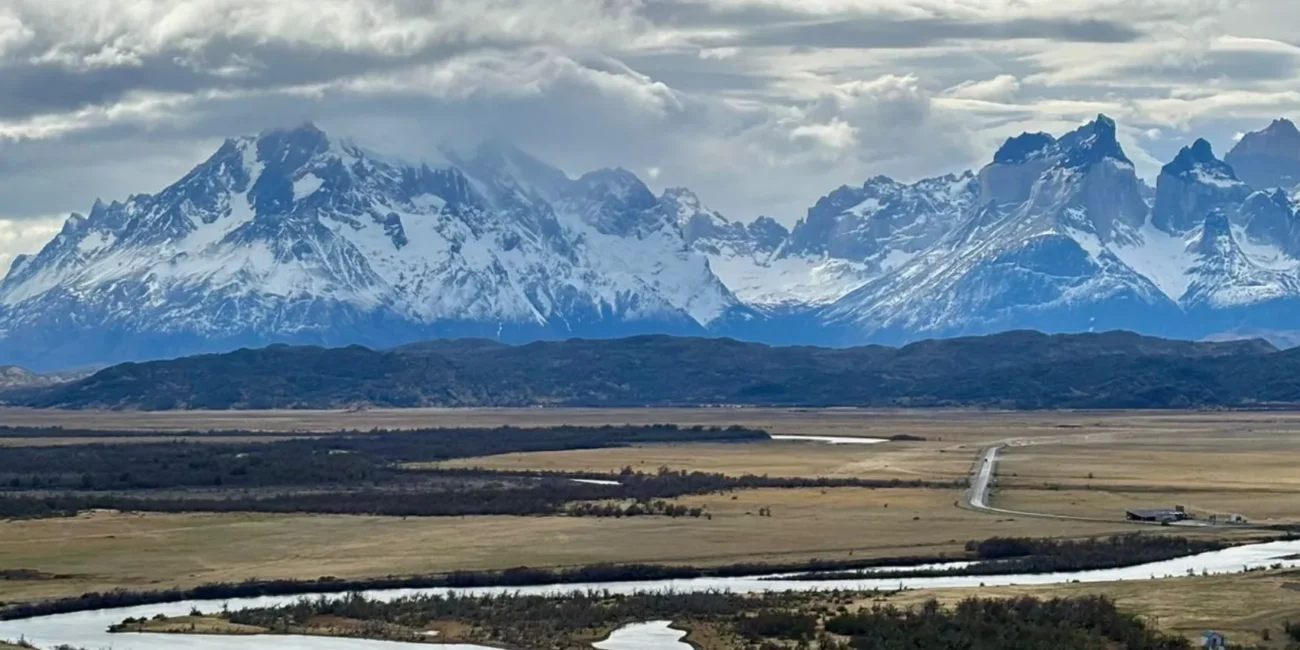Biodiversity tourism is reshaping luxury tourism. More than ever, travellers seek deeper meaning and to connect with nature, people and place. Nowhere is that more powerful than in the world’s most biologically rich landscapes.
Where are these most extraordinary places? This guide explores five biodiverse destinations where, alongside community-led conservation initiatives, purposeful travel positively impacts ecosystems under threat, helping them flourish.
Why You Should Experience Biodiversity Tourism
Biodiversity isn’t just beautiful. It’s essential. Healthy ecosystems stabilise climates, purify water, support agriculture and sustain life itself. Travelling to the world’s wildest places helps us move beyond admiration to action, supporting the systems we rely on.
This is the heart of biodiversity tourism. It reflects a global shift from passive sightseeing to values-led exploration, where purpose and protection go hand in hand. Done right, travel becomes regenerative, funding conservation, supporting local communities and deepening your connection to nature.
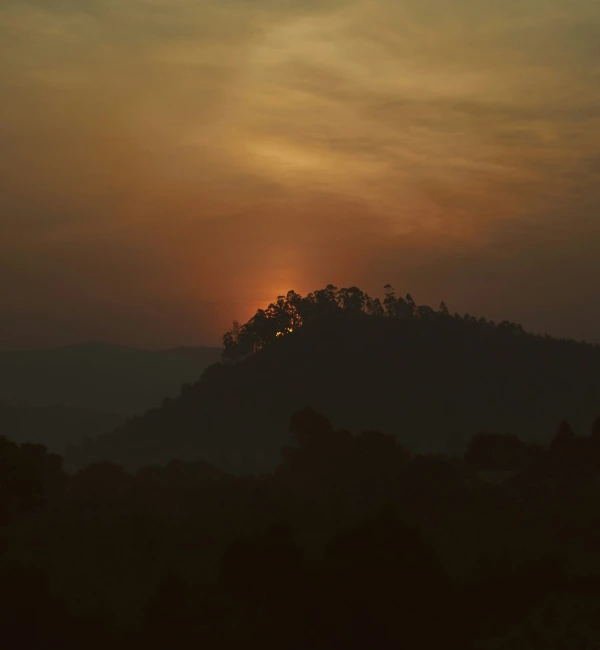
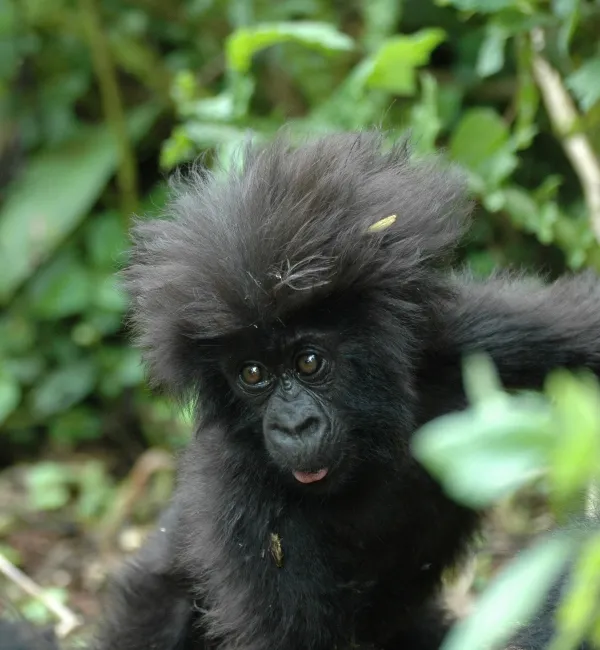
Ecuador and the Galápagos
Although it covers just 0.2% of Earth’s landmass, Ecuador is one of the most biodiverse destinations you can visit. It offers a living classroom of ecological richness from the Amazon rainforest to the Andes volcanic highlands to the remote Galápagos Islands.
The Galápagos Islands, 900km off the Pacific coast, are a ‘living laboratory’ of evolution. Endemic species, including giant tortoises, marine iguanas and blue-footed boobies, thrive among volcanic landscapes and nutrient-rich ocean currents. Some journeys offer rare access to conservation in action, from shark monitoring to tortoise tracking.
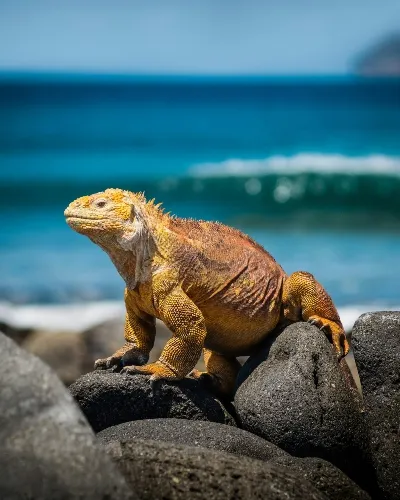
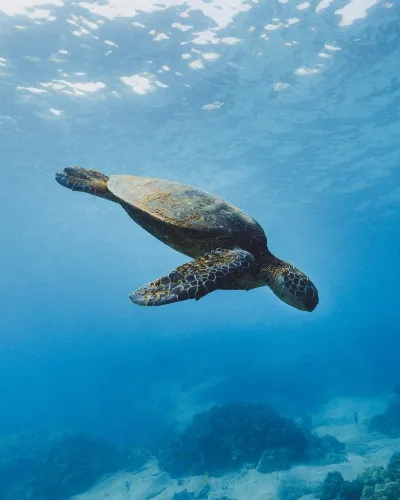
Back on the mainland, you’ll find glacier-fed rivers in the highlands, rainforest lodges in the Amazon and Indigenous communities whose knowledge systems are deeply rooted in their local ecologies. Ecuador’s national development strategy places biodiversity at its core, supported by pioneering institutions like the Ecuadorian-German Integrative Biodiversity Research Centre.
Amazon and Patagonia
Although they are worlds apart in climate and character, the Amazon rainforest and Patagonia represent South America’s natural heritage. They are united by their biodiversity, scale and global significance, making them two of the most critical conservation frontiers.
In the Amazon, about 30% of Earth’s known terrestrial species live within a mosaic of rivers and rainforests spanning nine countries. Jaguars, giant river otters and thousands of tree species coexist in fragile balance. Conservation here focuses on preserving intact forest corridors and empowering Indigenous stewardship, efforts you can support by joining reforestation or wildlife tracking initiatives.
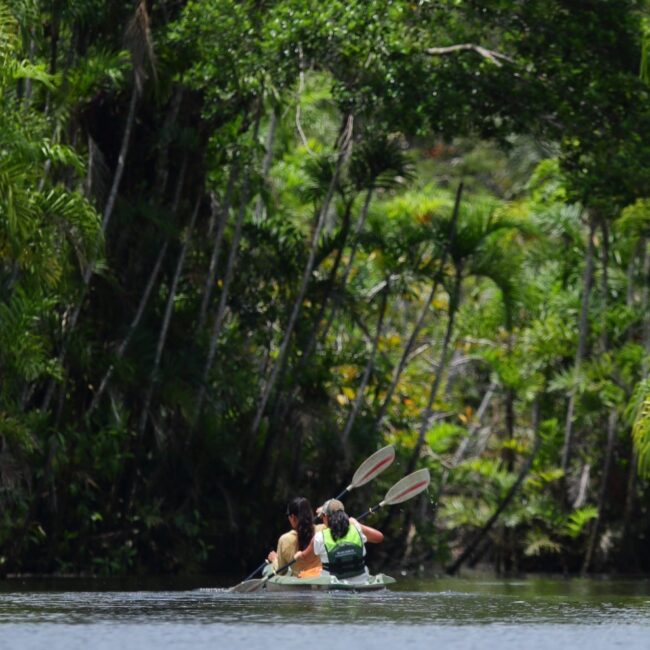
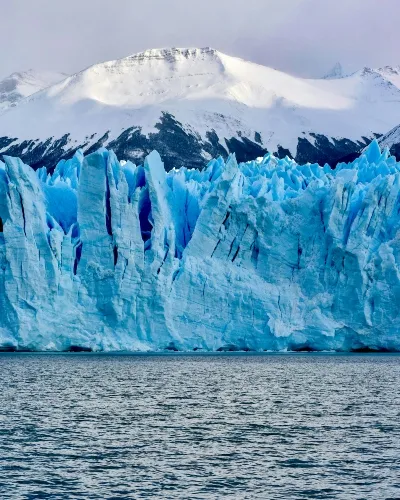
Further south, Patagonia’s windswept steppe and rugged coastlines tell another story. This region stretches from southern Argentina to Chile, housing penguin colonies, kelp forests and nesting seabirds. In Argentina’s Patagonia Azul Biosphere Reserve, 40% of the world’s Magellanic penguins nest among protected marine ecosystems. Conservation tourism supports both habitat restoration and community livelihoods, from seaweed harvesting to marine science.
Kenya, Tanzania and South Africa
There are seven globally recognised biodiversity hotspots across East and Southern Africa, all inextricably linked to culture. This region is home to montane forests, coastal reefs and iconic savannahs, creating a rich mosaic of ecosystems.
The Eastern Afromontane is a standout example, home to mountain gorillas, regal sunbirds and ancient forest species found only in the Albertine Rift. The Cape Floristic Region in South Africa is another biodiversity jewel, containing over 9,000 plant species, more than two-thirds endemic.
Local communities are conservation leaders, drawing on traditional ecological knowledge passed down through generations to protect the land and its species. You can journey to Rwanda or Uganda to experience gorilla tracking and participate in coastal reef exploration in Kenya or Tanzania. Visiting community conservancies that protect wildlife while supporting local livelihoods is another way to understand the vital work here more deeply.
Oceania
Oceania’s islands are scattered across the Pacific and shaped by isolation, making them ecologically unique. They have evolved unexpectedly and remarkably, making them a top biodiversity travel destination.
Each island offers a distinct biodiversity story, from East Australia’s ancient forests to Papua New Guinea’s orchid-filled rainforests and fossil-rich New Caledonia. At the centre lies the Coral Triangle, home to over 600 species of reef-building corals and 2,000 reef fish species, and six of the world’s seven marine turtles migrate through these waters. There is a good reason that it’s considered the peak of marine biodiversity and is often called the Amazon of the seas.
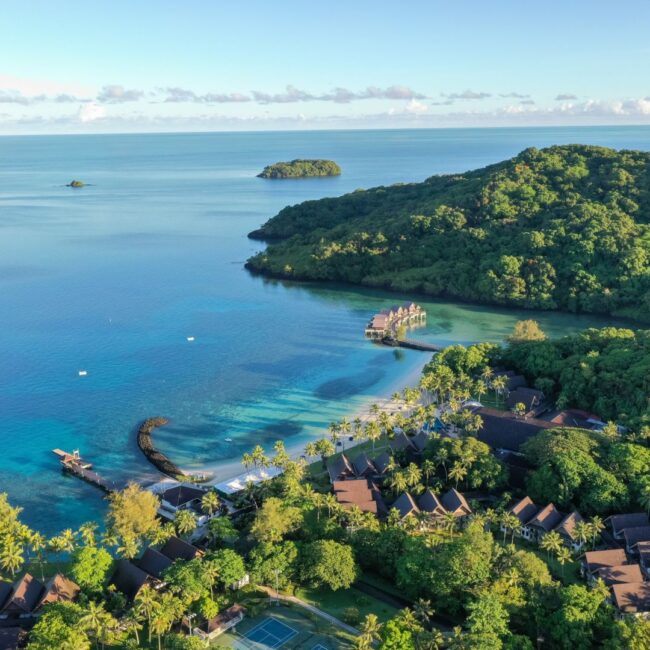
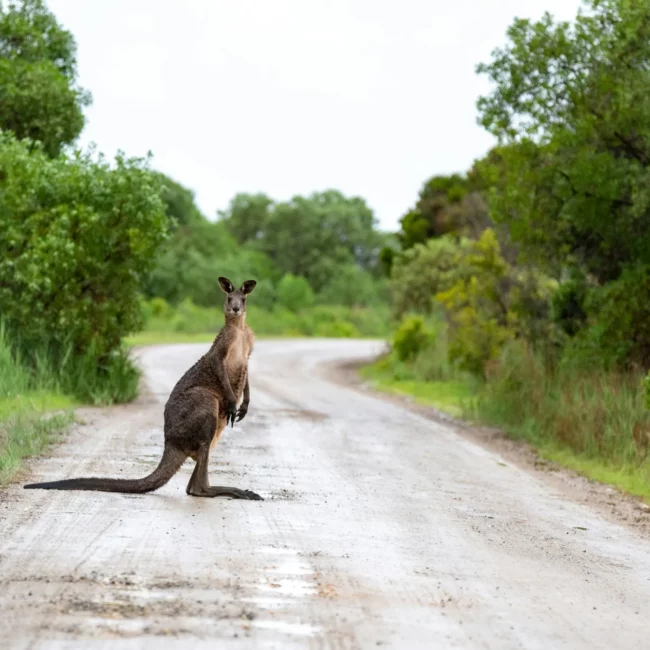
Palau, located at the northeastern edge of the Coral Triangle, is one of the world’s great conservation leaders. This island nation is home to extraordinary marine and terrestrial life and has pioneered global efforts in ocean protection, including the Palau Pledge. Travellers can explore pristine reefs, support reef monitoring, and learn directly from local stewards safeguarding these rich marine ecosystems.
Indigenous communities are central to protecting Oceania’s island nations, which are vulnerable to overfishing, pollution and coral bleaching caused by climate change. You can directly learn how they combine traditional knowledge with conservation science from local guides and support community-led ecotourism through your visit.
Travel That Deepens, Not Consumes
Biodiversity travel invites you to step into wild places as a steward, not a spectator. It asks more of you – awareness, intention, respect – and offers more in return.
How you travel matters. Especially in fragile ecosystems, your choices can either strain or strengthen the places you seek to experience. Purposeful journeys generate funding for conservation, support local communities and create lasting connections between people and planet.
Travel can transform the traveller. But when done with care, it also helps protect the wild beauty that transforms us in return.
Interested in Immersing Yourself in a Biodiversity Travel Experience?
Journeys With Purpose offers private, conservation-focused journeys to biodiverse places, with tailor-made itineraries built around your passions. Please get in touch with our expert travel specialists today on +44 20 8044 9538 or at connectjourneyswithpurpose.org to experience it firsthand.
DIG A LITTLE DEEPER
Contribute to Positive Impact on a Hosted Journey.
Connect with Impact Partners around the world during a Private Experience.
